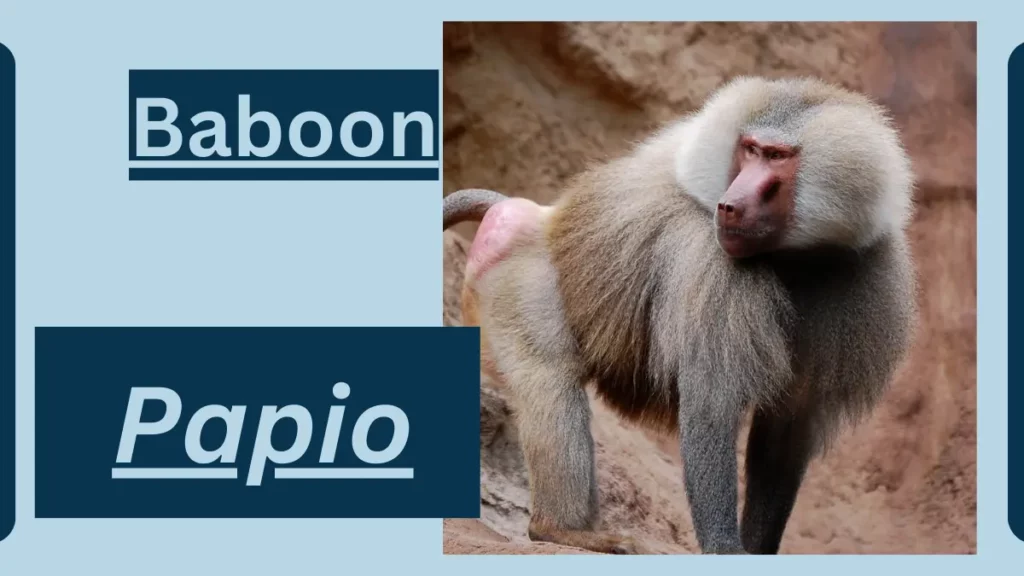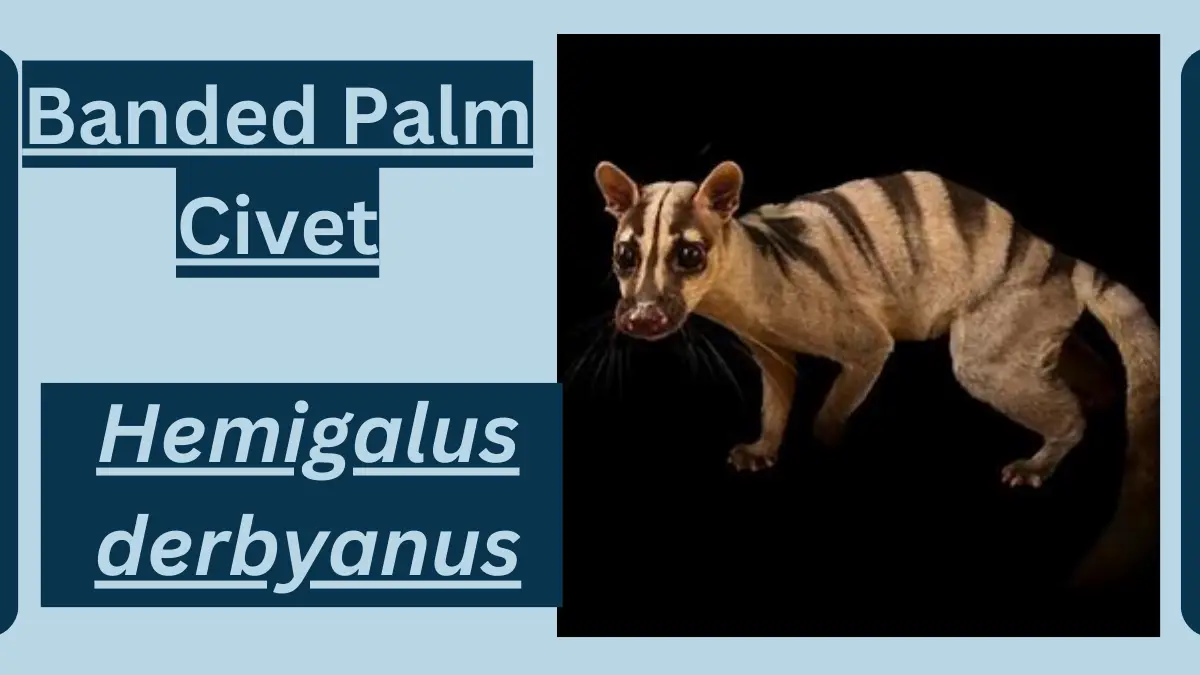Baboon Animal Facts | Papio
October 16, 2023
The Baboon is a group of Old World monkeys belonging to the genus Papio, found in Africa and the Arabian Peninsula.

Baboon
Here is some information about baboons:
| Topic | Information |
| Scientific Classification | Kingdom: Animalia |
| Phylum: Chordata | |
| Class: Mammalia | |
| Order: Primates | |
| Family: Cercopithecidae | |
| Genus: Papio | |
| Origins and Distribution | Baboons are native to various regions in Africa and the Arabian Peninsula. They inhabit a range of environments, from savannas and forests to cliffs and rocky areas. They are highly adaptable and can thrive in diverse habitats. |
| Characteristics | Anatomy and Appearance: Baboons are medium to large-sized monkeys with powerful builds. They have a dog-like snout, a tail, and a hairless face with distinct facial features. Their coat color can vary among species and age groups. |
| Size: The size of baboons varies depending on the species, but they typically measure between 20 to 30 inches (50 to 75 centimeters) in length, excluding their tails, and weigh between 20 to 100 pounds (9 to 45 kilograms). | |
| Behavior and Lifestyle | Baboons are known for their complex social structure and hierarchical society. They live in troops, which can range from a few individuals to large groups. They are diurnal and spend their days foraging for food, grooming, and socializing. |
| Reproduction and Life Cycles | Baboons reproduce sexually, with females giving birth to single offspring. The gestation period is approximately six months. Young baboons are raised within the troop and learn social behaviors and survival skills. |
| Diet and Prey | They are omnivorous and opportunistic feeders. Their diet includes a wide variety of foods, such as fruits, leaves, seeds, insects, small animals, and even small mammals. Their diet can vary depending on their habitat and food availability. |
| Predators and Threats | Baboons face natural predators such as large cats, hyenas, and crocodiles. Their main threats, however, often come from human activities, including habitat destruction, hunting, and conflicts with humans over crops and livestock. |
| Interesting Facts and Features | Social Structure: Baboons have a complex social structure with dominant males leading the troop. They have various vocalizations and body language to communicate within the group. |
| – Tools and Intelligence: Some studies have shown that baboons can use tools, such as sticks and stones, to aid in foraging or self-defense. They also demonstrate problem-solving abilities. | |
| Relationship with Humans | Baboons are often in conflict with human communities over resources, leading to efforts to deter them from crop fields and human settlements. They are also a source of fascination for tourists and researchers studying primate behavior. |
| Conservation Status and Life Today | The conservation status of baboon species varies, with some considered of “Least Concern” while others are threatened. Conservation efforts focus on preserving their habitats and minimizing human-wildlife conflicts. |
File Under:







Leave a Reply